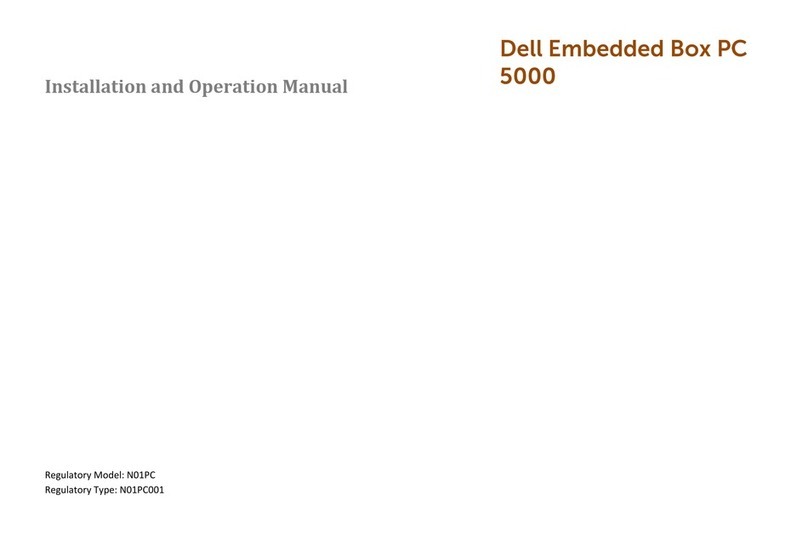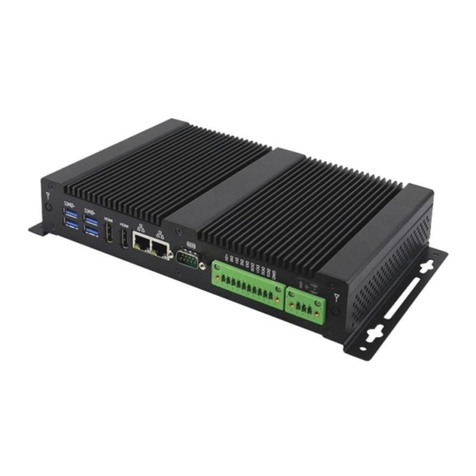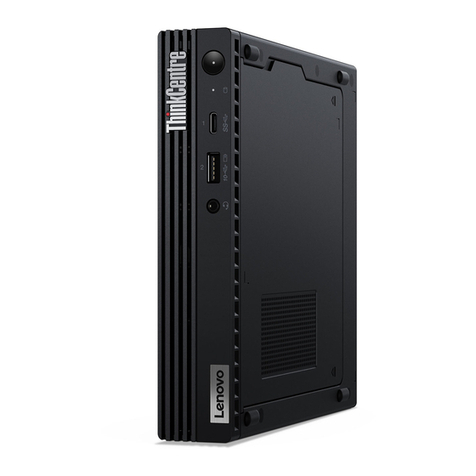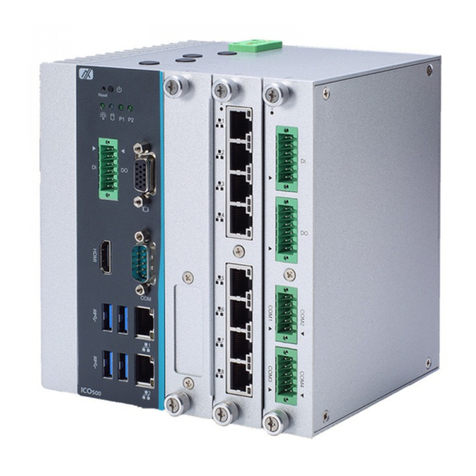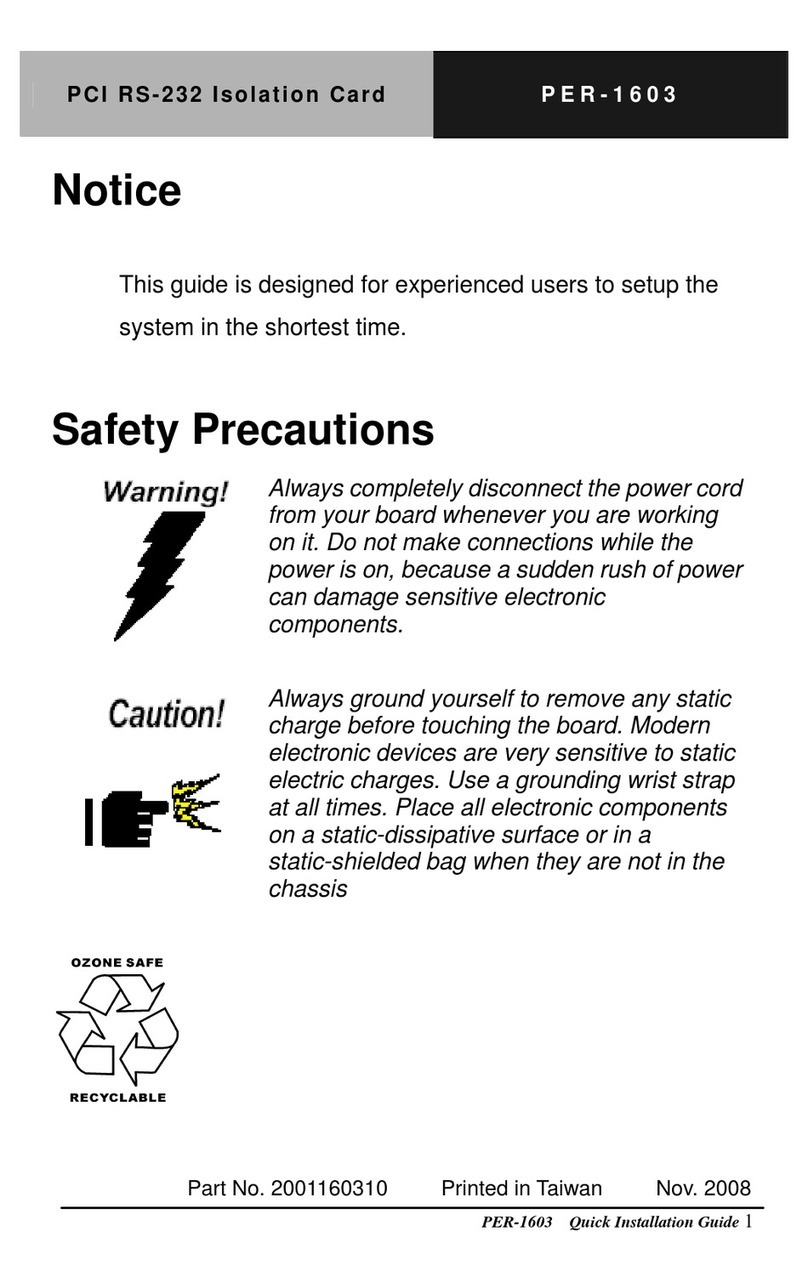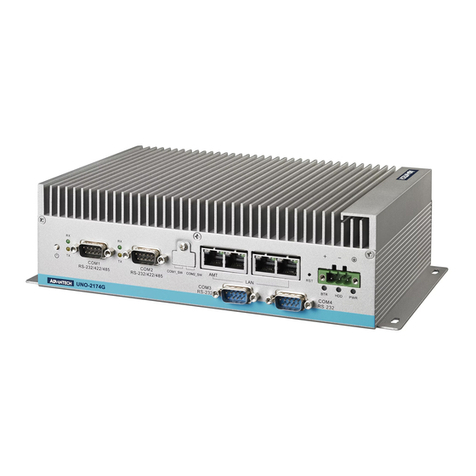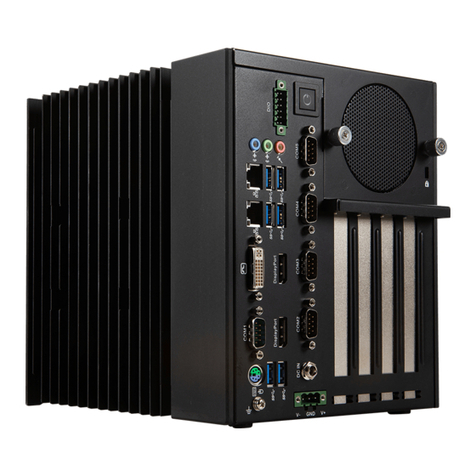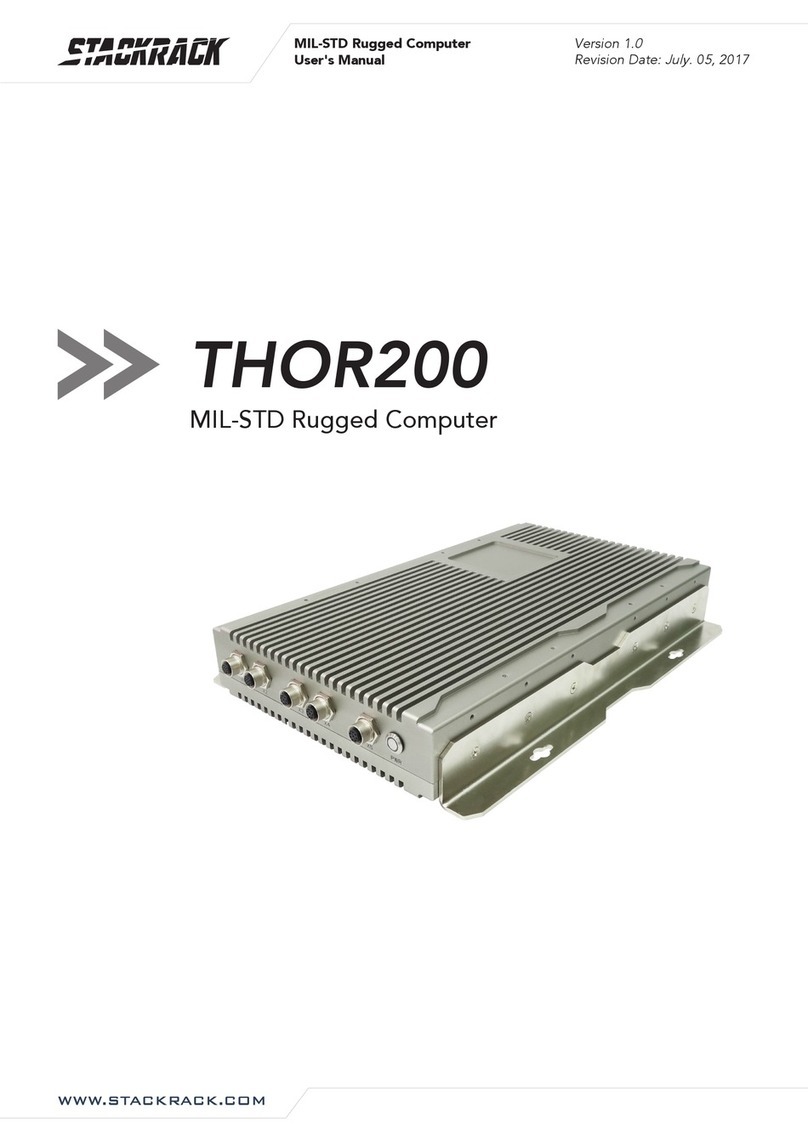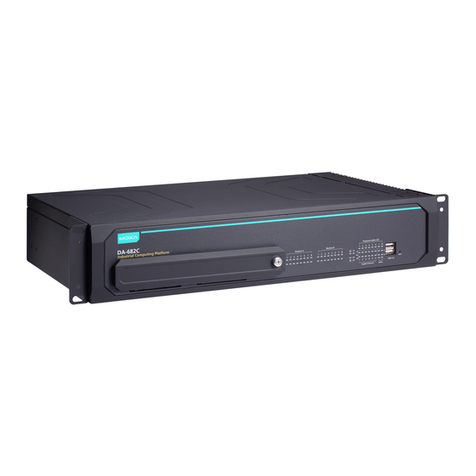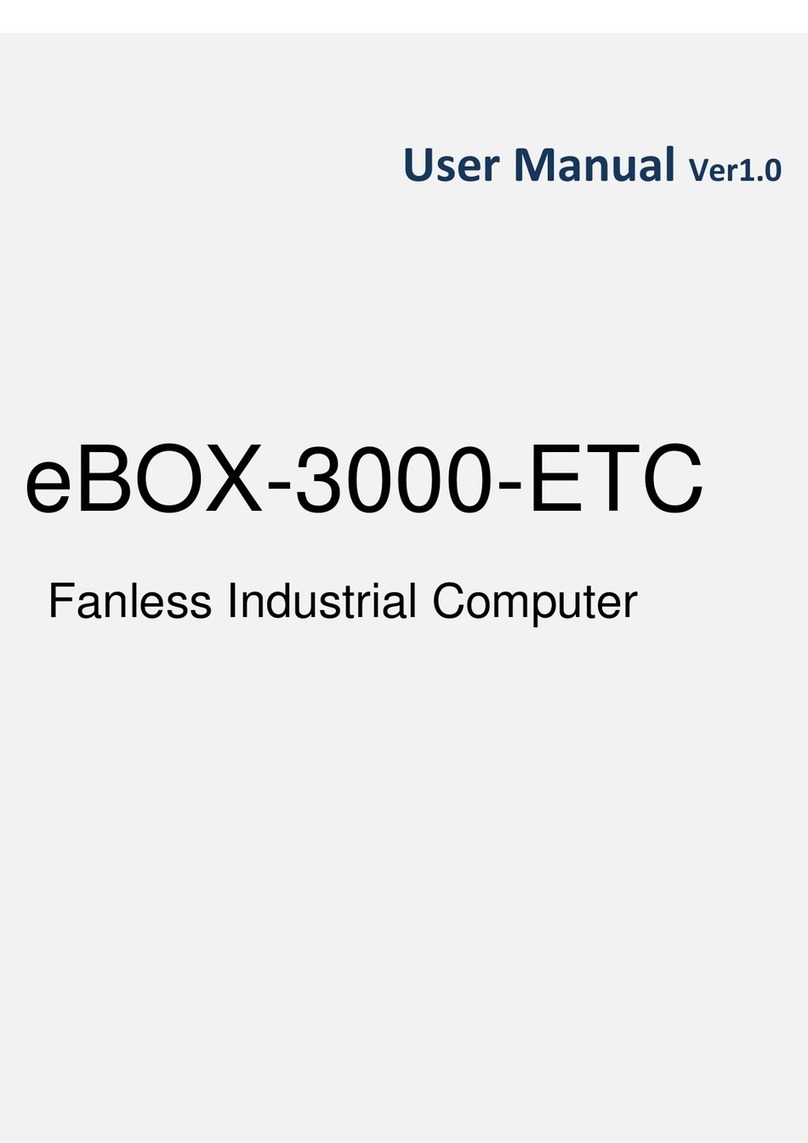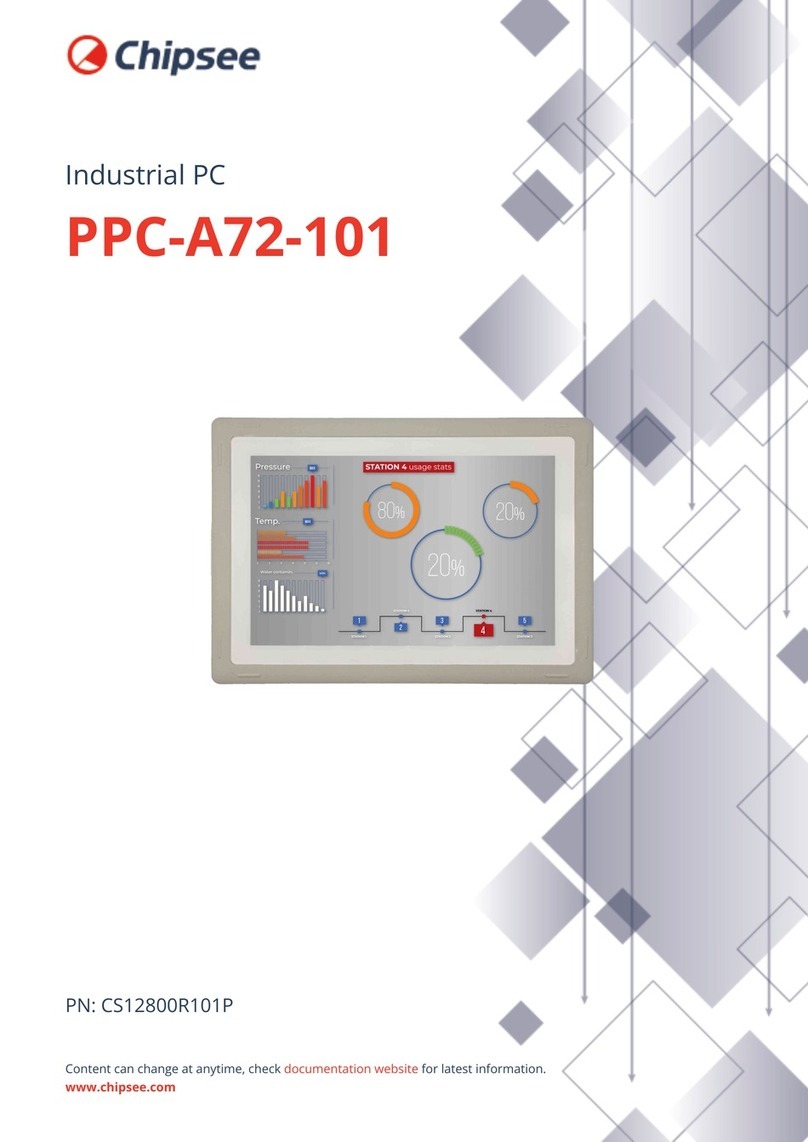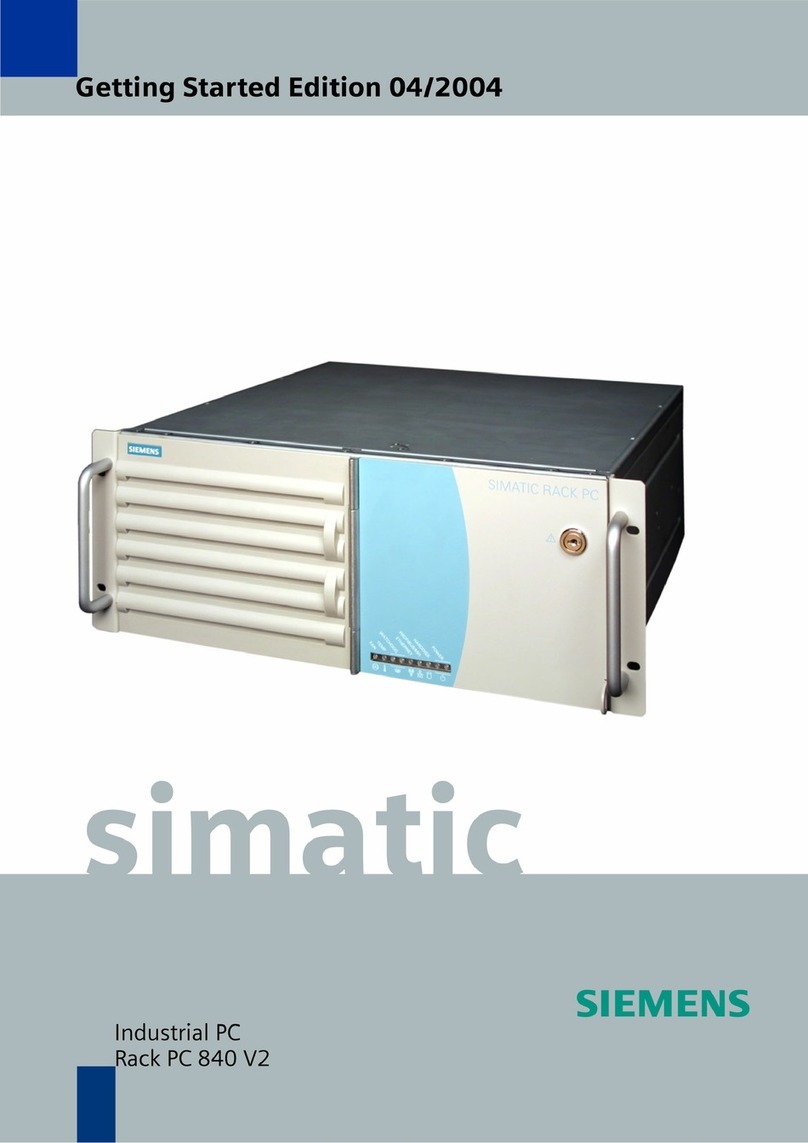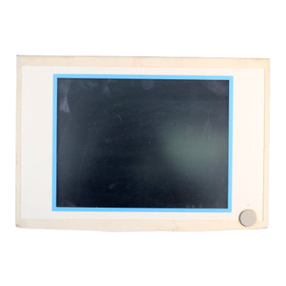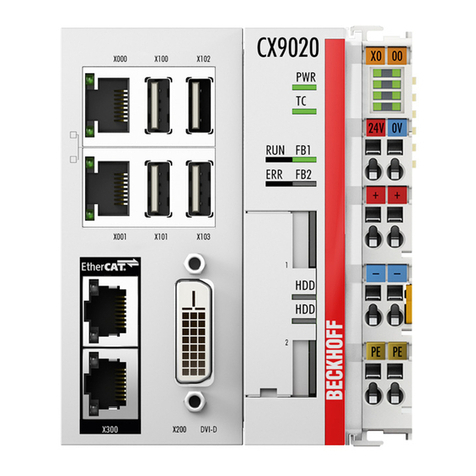
Back to TOC
KUKA Connect Connectivity Guide
10 Issued: 9.10.2018 Version: 3.2
Table 1. Names and definitions of essential parts of the fogNode labeled in Figure 4.
No. Item Description
1 fogLet™ card Device in fogNode consisting of S0, E0, and E1 ports that
provide integrated computing, storage, and networking
2 Slot 0 Slot for fogLet
3 Slot 1 Default slot for fogLet
4 Slot 2 Slot for fogLet
5 S0 port
Ethernet (1Gbe) port for LAN robot network
communication. 2 LAN IP addresses are necessary for this
port because it contains two virtual machines.
6 E0 port Ethernet (1Gbe) port for WAN internet network
communication
7 E1 port Ethernet (1Gbe) port for LAN and WAN configuration and
technician use
8 Power switch Turns the fogNode On/Off
fogNode Specifications
The fogNode specifications are as follows:
Table 2. Specifications for the fogNode.
Specification Type Description
Power Supply 110 – 240V AC; 350W power supply unit
Power Consumption 100W to 300W (dependent on configuration)
Power cord 6 ft
Dimensions
10.5”(H) x 8.6”(W) x 7.7”(D)
26.5cm(H) x 21.7cm(W) x 19.5cm(D)
Cooling Forced air cooling with built-in redundancy
Operating Conditions 0° to 50°C
Weight 7.5kg to 9.5kg (dependent on configuration)
Protection IP 20
